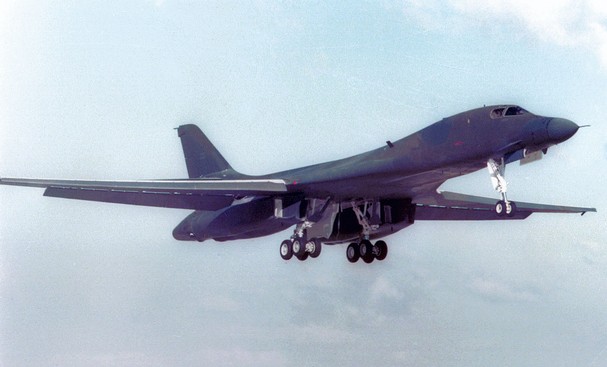

At the very high altitudes flown, the defensive heavy machine guns that gave the airplane its name froze due to the low temperatures and could not be fired. (In standard atmospheric conditions, the temperature at 30,000 feet would be -45 °C., or -49 °F.)

All three aircraft returned safely to their base. The mission was completely ineffective, however.
This was the very first use of the Boeing B-17 Flying Fortress in combat.

The Boeing Model 299H, designated B-17C, was the second production variant ordered by the U.S. Army Air Corps. 38 were built by Boeing for the U.S. Army Air Corps, but 20 were transferred to Great Britain’s Royal Air Force, designated Fortress Mk.I. (Boeing Model 299T.) They were initially assigned to No. 90 Squadron, Bomber Command. (A 1941 book, War Wings: Fighting Airplanes of the American and British Air Forces, by David C. Cooke, Robert M. McBride & Company, New York, refers to the B-17C in British service as the “Seattle,” which is in keeping with the R.A.F.’s system of naming bombers after cities.)
Of the 20 Fortress Mk.I bombers, 8 were lost in combat or in accidents.

The Boeing B-17C/Fortress Mk.I was 67 feet, 10-9/16 inches (20.690 meters long with a wingspan of 103 feet, 9⅜ inches (31.633 meters) and the overall height was 15 feet, 4½ inches (4.686 meters). The B-17C had an empty weight of 30,900 pounds (14,016 kilograms). The maximum design gross weight was 47,500 pounds (21,546 kilograms).
The B-17C was powered by four air-cooled, supercharged, 1,823.129-cubic-inch-displacement (29.876 liters) Wright Cyclone G666A (R-1820-65)¹ nine-cylinder radial engines with a compression ratio of 6.70:1. The engines were equipped with remote General Electric turbochargers capable of 24,000 r.p.m. The R-1820-65 was rated at 1,000 horsepower at 2,300 r.p.m. at Sea Level, and 1,200 horsepower at 2,500 r.p.m. for takeoff. The engine could produce 1,380 horsepower at War Emergency Power. 100-octane aviation gasoline was required. The Cyclones turned three-bladed, constant-speed, Hamilton-Standard Hydromatic propellers with a diameter of 11 feet, 7 inches (3.835 meters) though a 0.5625:1 gear reduction. The R-1820-65 engine is 3 feet, 11.59 inches (1.209 meters) long and 4 feet, 7.12 inches (1.400 meters) in diameter. It weighs 1,315 pounds (596 kilograms).

The B-17C had a maximum speed of 323 miles per hour (520 kilometers per hour) at 25,000 feet (7,620 meters). Its service ceiling was 37,000 feet (11,278 meters) and the maximum range was 3,400 miles (5,472 kilometers).
The Fortress Mk.I could carry 4,800 pounds (2,177 kilograms) of bombs in an internal bomb bay. Defensive armament consisted of one Browning AN-M2 .30-caliber air-cooled machine gun at the nose and four Browning AN-M2 .50-caliber heavy machine guns in dorsal, ventral and waist positions.

© 2018, Bryan R. Swopes













